Recently, Power Rangers fans got an all new entry into the franchise in the form of Power Rangers All-Stars, a mobile RPG designed by Nexon for Android devices. All-Stars sends players on an adventure across several dimensions where they recruit Rangers from multiple universes and use them to build their own unique Power Ranger team.
Of course — as is the case with all mobile team-building RPGs — not all of the Rangers are available right off the bat. You’re going to have to work for them. And to get them all, you’re in for a lot of work. Currently there are 51 Rangers from 10 different series to collect.
Considering the vast amount of Power Rangers TV series, this means Nexon will be able to keep adding Rangers for a long time. The current list includes:
- Mighty Morphin’
- Wild Force
- S.P.D
- Mystic Force
- Operation Overdrive
- RPM
- Samurai
- Megaforce
- Super Megaforce
- Dino Charge
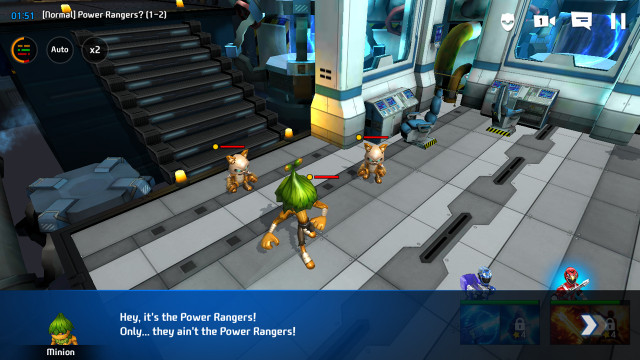
Rangers are collected mostly by acquiring pieces needed to unlock them. This is done through general game-play as well as via daily rewards and other activities. In some cases you’ll actually unlock a Ranger via the daily reward without having to collect pieces for them. (And, of course, there’s always the option to just buy them.)
Once you obtain enough Rangers, the next thing to do is start building out your teams. I say teams, because the game allows you to build and save three of them. Don’t worry, if you find a need to, you can edit any of these teams later.
Now, it might seem like common sense to build your Ranger teams based on their individual series, but it’s not as simple as that. Although, you will need to collect five members of each series to be able to summon their Megazord.
You’ll complete your first team and subsequently earn your first Megazord by completing your the guided missions. Acquiring the rest of the Megazords will be more of a challenge.
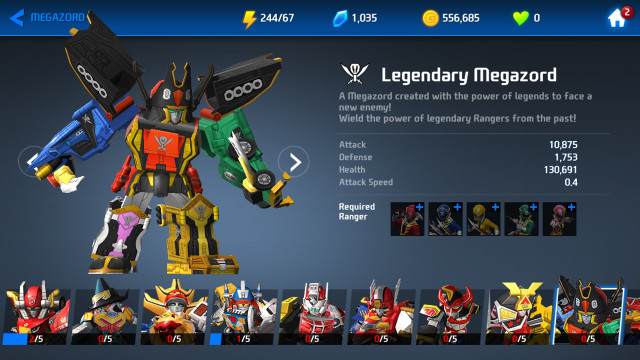
That said, aside from collecting the Megazords, DO NOT get hung up on the series the Rangers come from.
So, what do you need to pay attention to when building your teams?
There are four important factors to look at: their colors, their class(es), their quality, and their power level.
Colors
Similar to other team building games, Power Rangers All-Stars has a rock-paper-scissors element system that determines who will deal (or take) more damage.
Before entering a mission, the info screen will display not only what monsters will be encountered there, but also what color they are. The color is indicated with a small dot by their name. Paying attention to this makes it easy to swap team members before entering the mission if you find it necessary.
Of course, this won’t be something you’ll be able to do right off the bat. But don’t worry. When the game starts out, you have access to one Red and one Blue and most of the monsters you encounter will be Yellow — which is weak to Red.
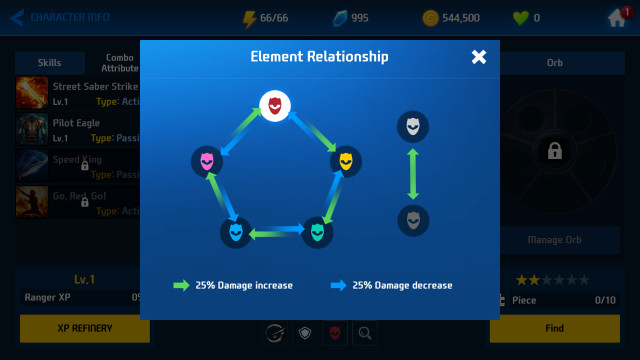
Because of this mechanic, I’d suggest using two of your team slots to create your “dream teams” and leaving the third a bit more fluid, swapping members out as needed.
And yes. You can have multiple rangers of the same color on a team. Although it would be a bit foolish to build an all Red team that can’t heal.
Classes
When it comes to classes, Power Rangers All-Stars does, in fact, have melee and ranged DPS as well as healers and tanks. These classes are:
- Guardian: a tank class, typically melee
- Striker: pure DPS, can be ranged or melee
- Energizer: the healer/DPS class, generally ranged (and yes, mostly made up of Pink or White Rangers)
The important thing to pay attention to here is which are melee, which are ranged, and which ones can heal.
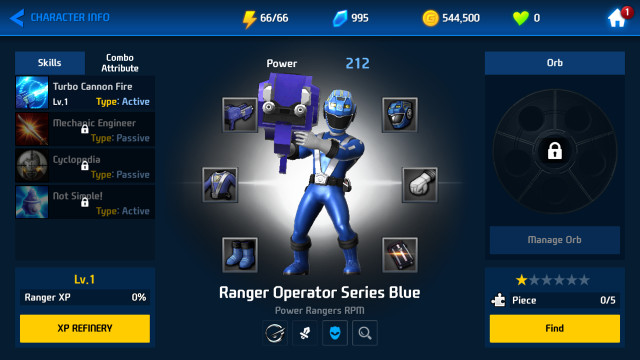
Ideally, when you’ve acquired enough Rangers you’ll want to make sure your team has at least one healer. Try to build the team with three ranged and two melee members, since at least one of the ranged will likely be doing more healing than anything else.
Also, note you can increase your team size to six by borrowing a Ranger from a friend. This means that if you feel you’re a bit lacking in one of the class areas, you can give them a little boost. Or, you can just pick the most powerful Ranger available on your friend’s list at the time.
Which brings us to…
Power Level
You’ll notice, when creating your team, that there’s a number behind them. That number increases when each team member is added, indicating the total strength of the team. This number can be raised in a couple of ways: by using the Ranger pieces to upgrade rangers you own or by acquiring higher quality Rangers.
As noted above, Ranger pieces are used for obtaining Rangers. But, once you have the Ranger in question, they can be used to upgrade them, increasing both their power level and general stats: attack, health, movement speed, etc.
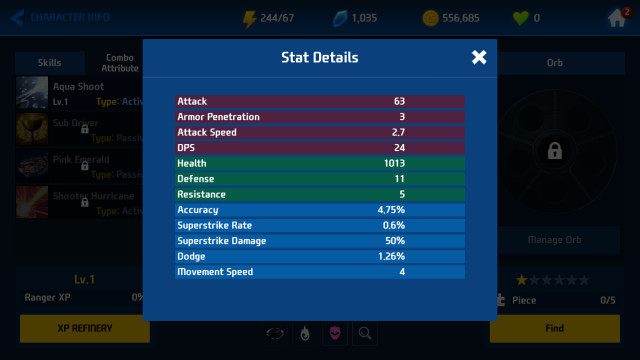
You’ll also pick up items via daily rewards and other activities that you can dump into your Rangers in order to give them a boost.
So, what about Quality?
Yes, I did mention quality earlier. All the Rangers have a certain number of stars next to them — ranging one to three. (There’s actually room for six stars, but none of the current Rangers go that high.) Most fans of mobile building games will know that collecting characters with more stars is either generally difficult or requires some money be spent.
Remember to pay attention
So, while it would be easier to just have higher-quality Rangers right off the bat, your best bet is going to be upgrading them as you go. Of course, this means you’ll have to keep an eye on what upgrading your Rangers does to your team as you go along. Pay attention to the stats you start with and how they change, and be careful not to give all your attention to just certain classes.
Also, pay very close attention to what kind of mobs the game is throwing at you as you climb higher in the levels. Don’t be rigid, but instead be willing to adapt.
If you’re anything like me, this is probably the best advice anyone can give. I tend to get attached to specific characters and it’s often difficult for me to be willing to switch to something else. But, as we all know, adapting is the only real way to succeed when playing team-building games.
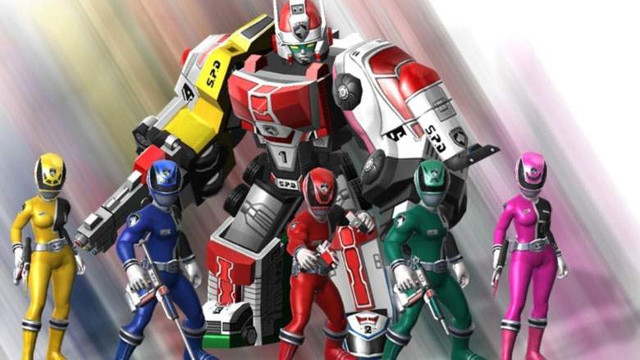
And there we have it.
This is everything you need to know to build successful teams in Power Rangers All-Stars. Luckily for all of us, it’s not that difficult and just requires observation and a willingness to be flexible in order to create the best team for any given job.
So, good luck and have fun!

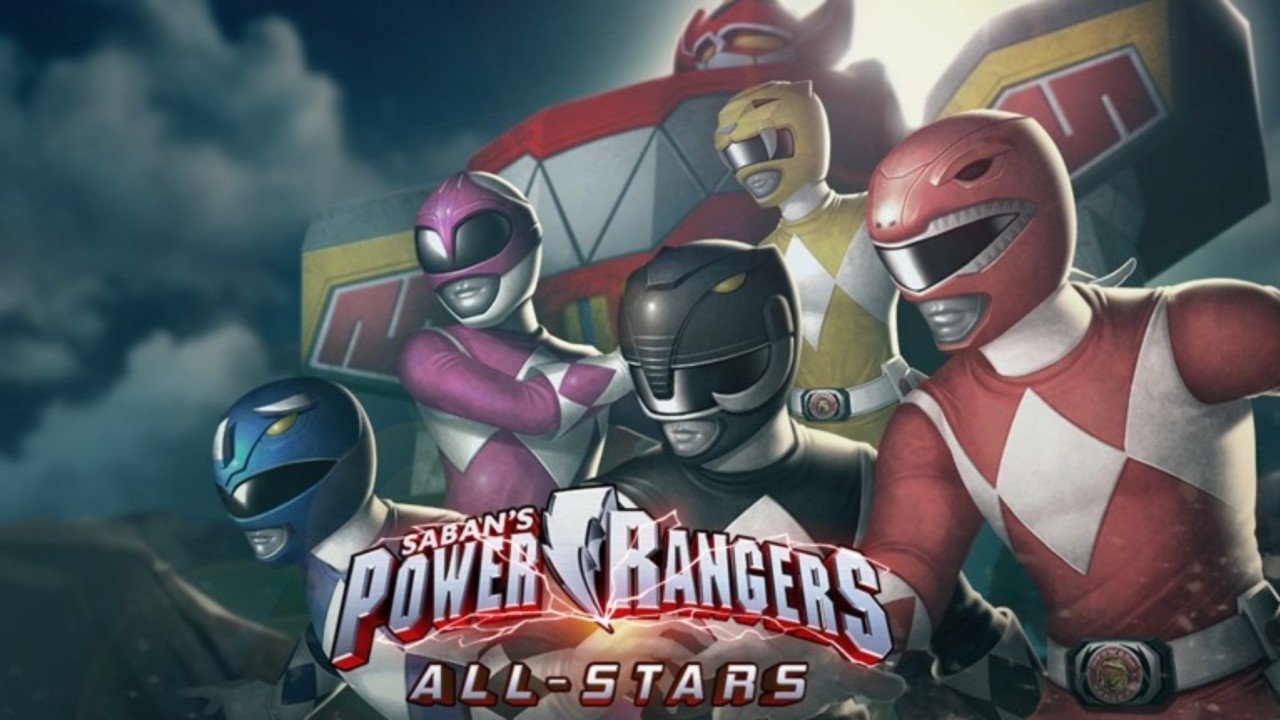
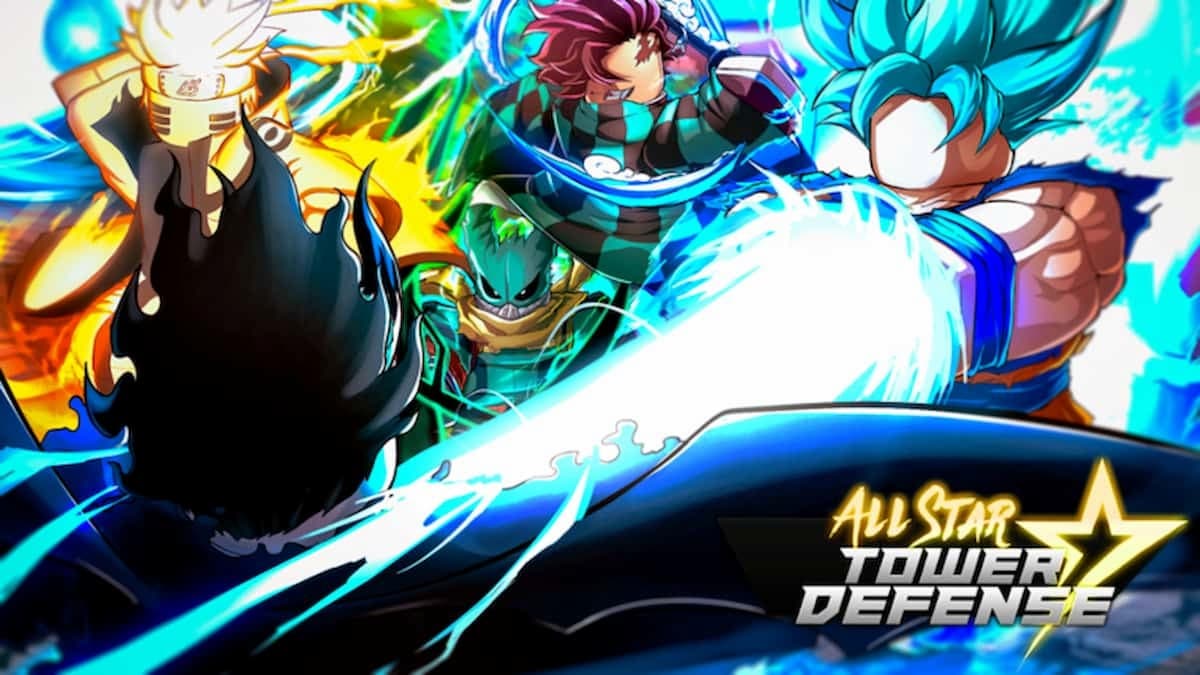
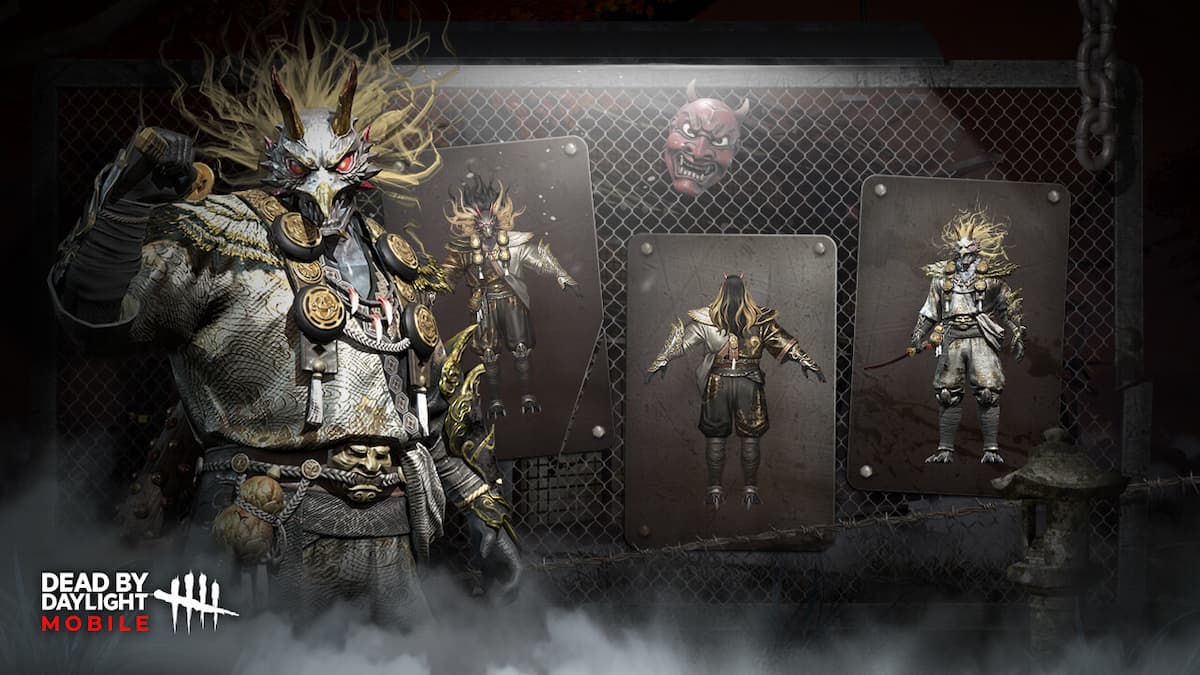
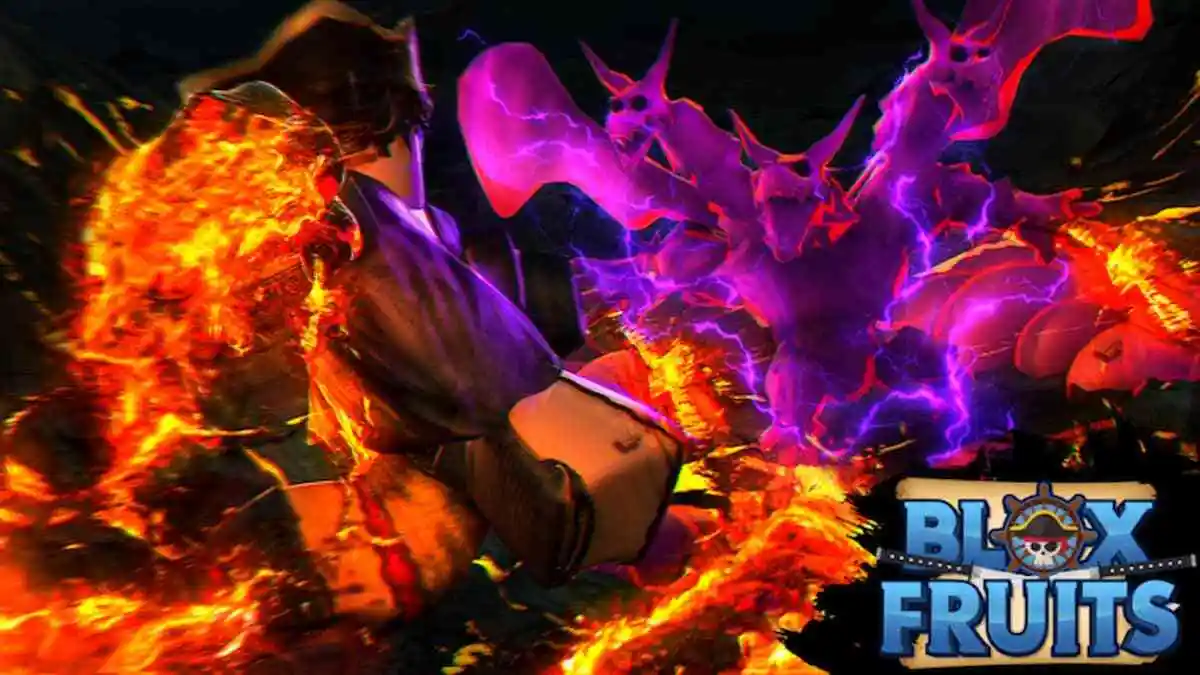
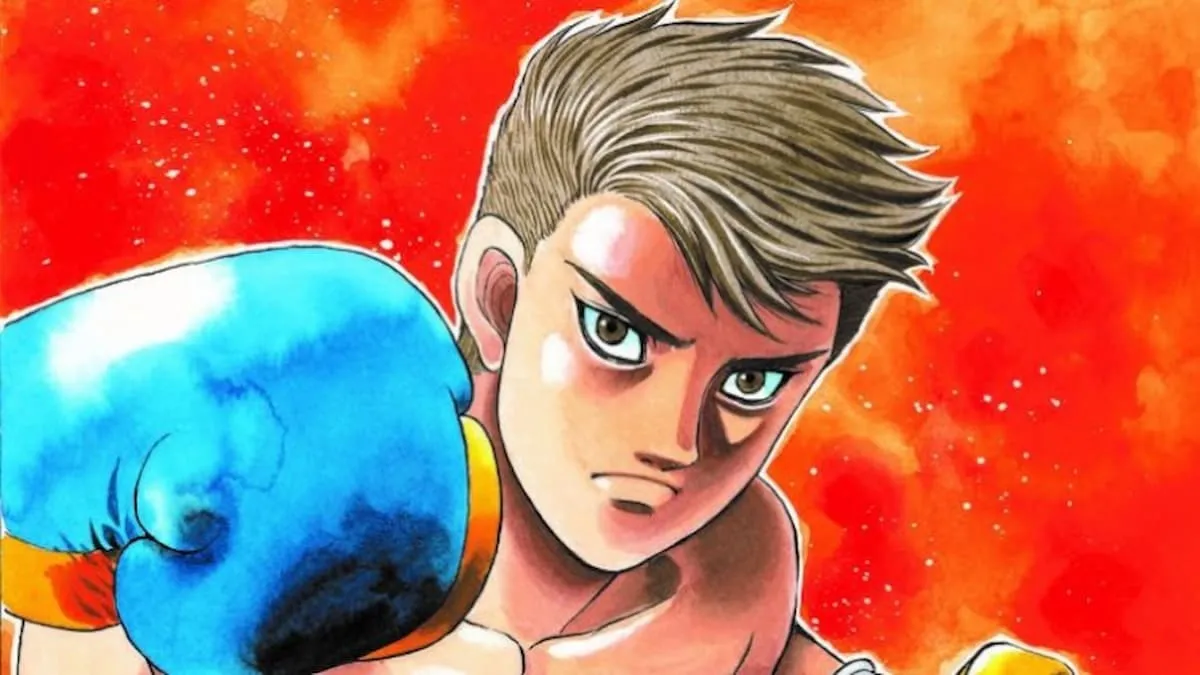
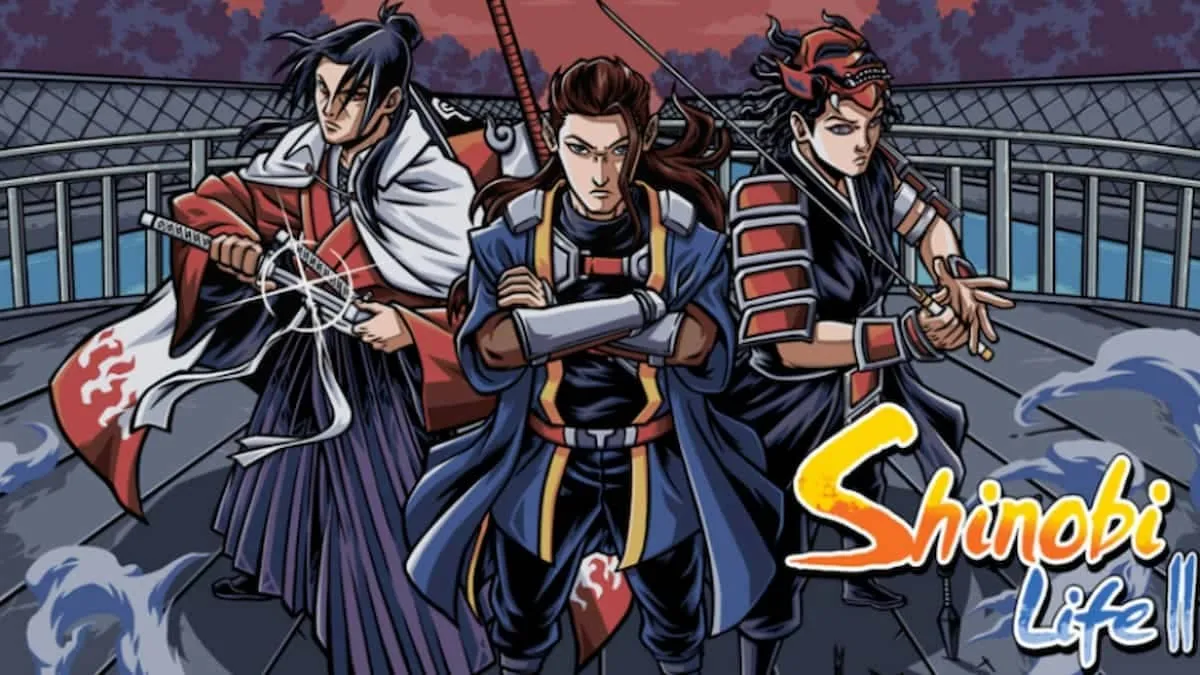
Published: Nov 17, 2018 12:51 pm